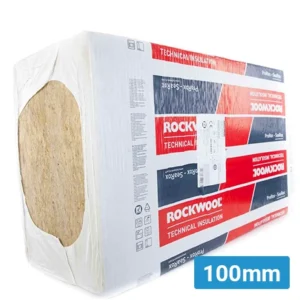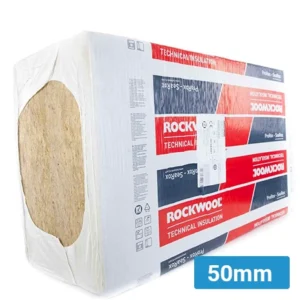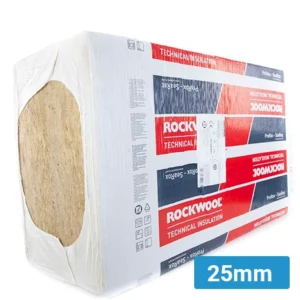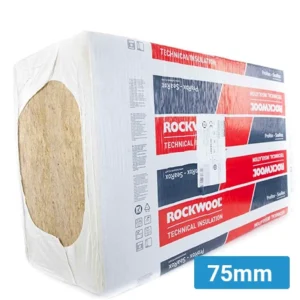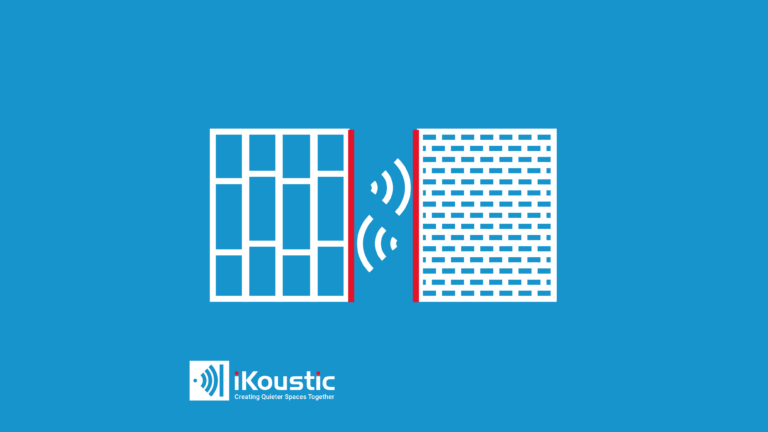Stud wall sound insulation for noisy neighbours
Stud wall sound insulation blocks noise getting out and blocks noise getting in from your neighbours. Many people think that sound insulation is acoustic insulation, which is acoustic mineral wool, however, the term ‘sound insulation’ really refers to preventing sound from escaping a space! So sound insulation is soundproofing (great for noisy neighbours!). The video below fully explains the differences between insulation and absorption.
The best stud wall acoustic insulation
The best stud wall acoustic insulation is mineral wool with a high density (over 45kg/m3). The very best acoustic insulation has a high mass and can go up to 100kg/m3! The acoustic insulation fits inside the cavity spaces of your stud work and prevents reverberation.
The best acoustic insulation is able to control reverberation and stop the original noise from being amplified. If you don’t use acoustic insulation inside a stud wall, the original sound is made louder while bouncing around the cavities. This means your noisy neighbours will sound even worse if you don’t use acoustic unsulation.
How to use acoustic insulation inside a wall
Acoustic insulation can be used inside a wall by removing the original plaster or plasterboard to expose the cavities. Acoustic mineral wool can be easily cut to size (wear PPE as this is a fibrous product), and pushed snuggly into the spaces.
Acoustic insulation for walls comes in different thicknesses, from 25mm all the way to 100mm. This ensures it can fit different stud walls, as well as, tuck behind the MuteClip system on a brick wall.
Over acoustic mineral wool, we would screw a MuteClip system into place. This is going to hover the next layer away from the original wall. This reduces the transmission of sound vibrations between materials! These elements make up the best stud wall soundproofing options and will block the most noise from your neighbours.
Is acoustic insulation the same as thermal insulation?
No, acoustic insulation has a much higher mass, which gives it acoustic properties. Thermal insulation does not need a high mass to hold heat, but cannot prevent sound from reverberating and amplifying. This is why you must remove existing insulation and upgrade it to reduce the sound from your noisy neighbours.
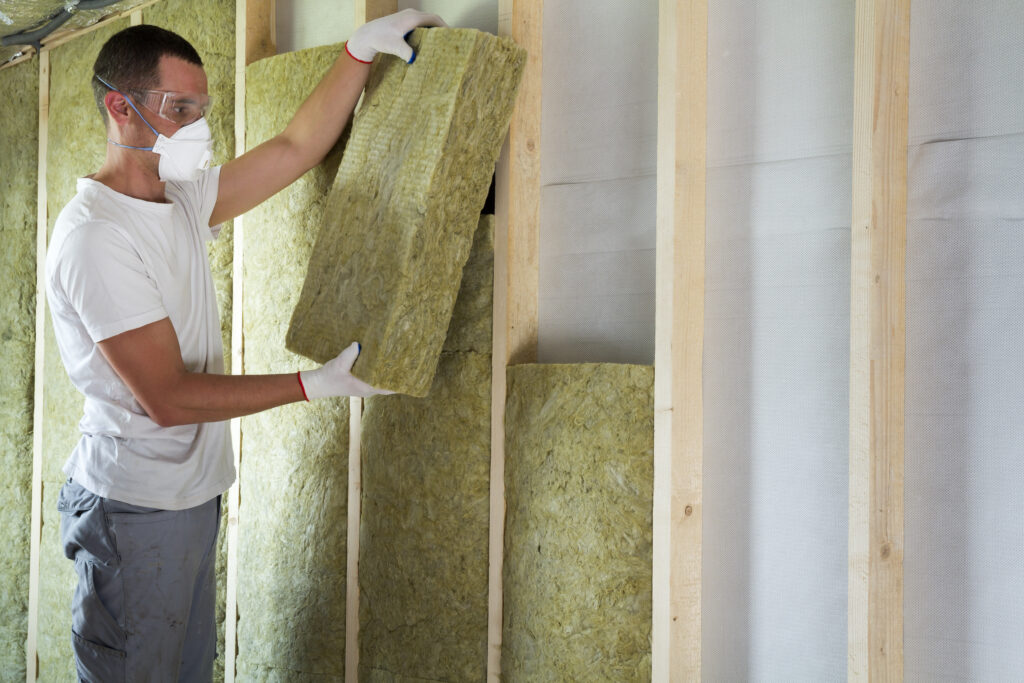
Soundproofing a stud wall with thermal insulation will not work very well and compromises the performance of your system. This is why you cannot soundproof directly over the top of your stud wall. You need to remove the existing plasterboard to treat the cavity spaces.
What is the drum effect in stud walls?
The drum effect, in a stud wall, is when sound gets into the cavity spaces and bounces around. While sound reverberates, the volume rises and makes the original noise issue worse. This means that your soundproofing system has more sound to block and will not perform as well.
Treating the cavity spaces in stud walls with acoustic insulation controls the drum effect by reducing reverberation. Because the original sound is not being amplified, your soundproofing system will be more effective.
Is acoustic insulation soundproofing?
No, acoustic insulation is not soundproofing by itself. However, teamed with high mass materials and decoupling devices, it will help create a soundproof system. The reason acoustic insulation isn’t sound insulation is that it does not block noise and prevent it from entering or leaving a space.
Sound passes through acoustic insulation because it controls the reverberation of sound, not the transmission of it. We actually need sound to pass through acoustic insulation, because it will lose small amounts of energy as it moves through. This is what controls the reverberation of noise!


